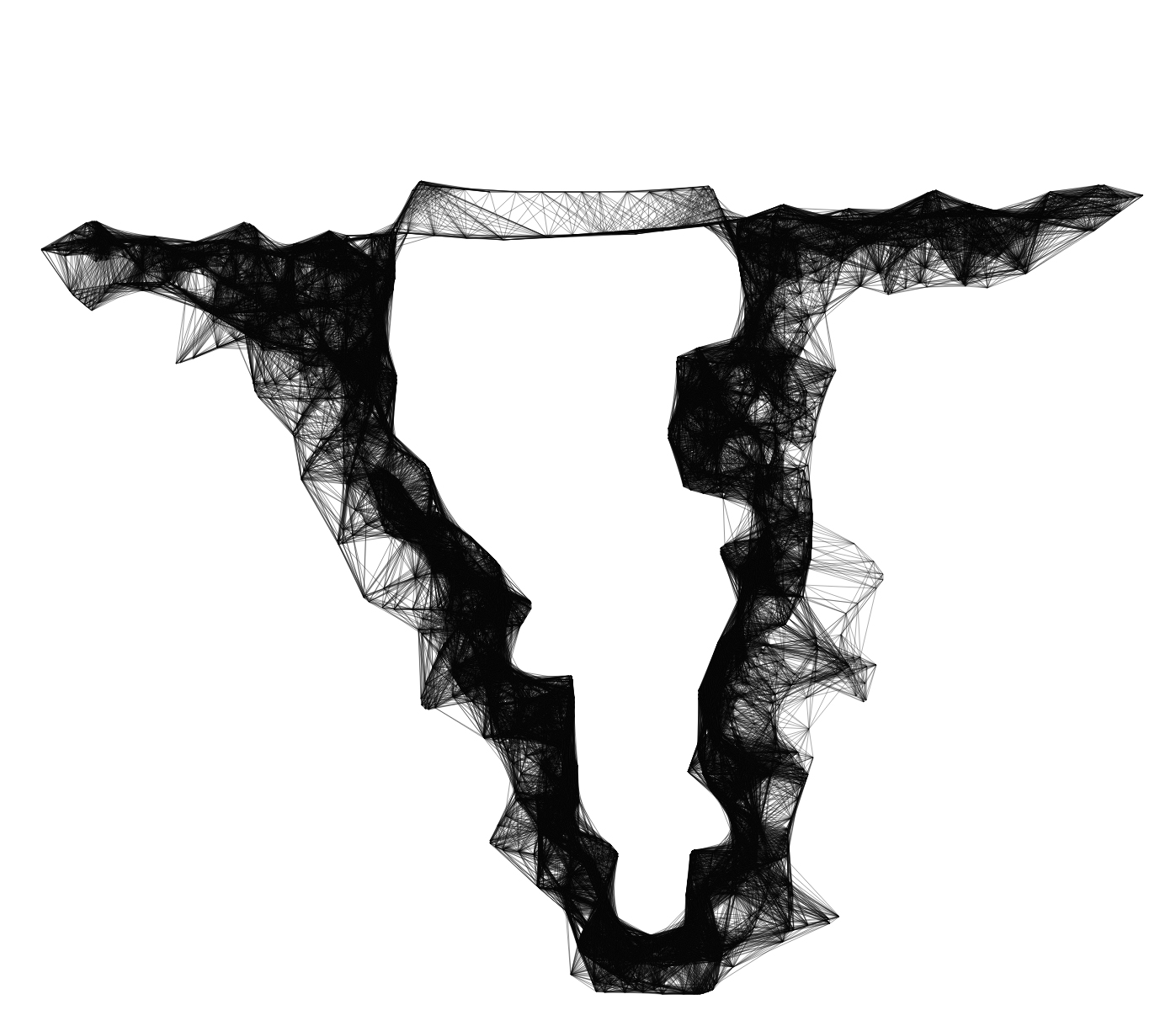
Sabanci University’s interest in supporting research output has been one of the primary initiatives of Image of Science, which will now run its second season July 11 – 15 on campus. Image of Science is a university wide collaboration, open to outside participation this year, organized by visiting faculty Gokhan Ersan (School of the Art Institute of Chicago), Melih Papila (FENS), VAVCD teaching assistants, and Nancy Karabeyoglu (SUWC).
Image of Science seeks to familiarize researchers with design tools that can comprehensively depict complex research methodologies and findings.
This year’s week long program of workshops and design tutorials focuses on creating interactive slide shows and presentations of completed or ongoing research. Two days of workshops on implementing design strategies open the program; three days of design work to produce interactive slide shows/presentation of selected submissions follow. All are welcome.
If you have a visual image of a particular ongoing/completed research project and/or would like to learn more of design’s ability to serve as a powerful information source, please consider attending either the workshops or design production; both are free.
The links below are the formal invitation to Image of Science.
Website
http://iscience.sabanciuniv.edu
Registration/Submissions
http://iscience.sabanciuniv.edu/workshop-apply/apply-ws2.html
Pages containing the work of last year’s projects
http://iscience.sabanciuniv.edu/projects/projects-emrah-p1-intro.html




































 Trace is a sculptural device that alludes to scientific discoveries and pseudoscientific concepts such as phrenology, physiognomy, and craniometry. A revolving plaster cast of the artist’s head is slowly deconstructed into a mathematical diagram that changes as time passes. The peculiarities of the human face that as humans, we attach so much importance to, is dematerialised into a changing drawing that embodies the differential undulations of the human anatomy. ‘Trace’ questions our notion of self and how through technology we have found different visual representations for the individual. DNA profiling, retina scans and the fingerprint are all things that are conjured up by the meticulous mechanical process of the work. The topographical images are turned into a new form of three-dimensional representation that draws our attention to the ‘space within’.
Trace is a sculptural device that alludes to scientific discoveries and pseudoscientific concepts such as phrenology, physiognomy, and craniometry. A revolving plaster cast of the artist’s head is slowly deconstructed into a mathematical diagram that changes as time passes. The peculiarities of the human face that as humans, we attach so much importance to, is dematerialised into a changing drawing that embodies the differential undulations of the human anatomy. ‘Trace’ questions our notion of self and how through technology we have found different visual representations for the individual. DNA profiling, retina scans and the fingerprint are all things that are conjured up by the meticulous mechanical process of the work. The topographical images are turned into a new form of three-dimensional representation that draws our attention to the ‘space within’.